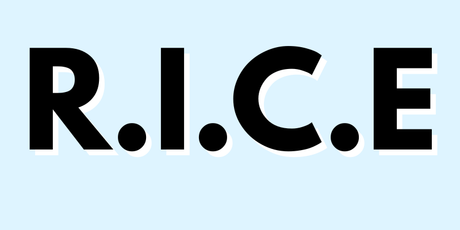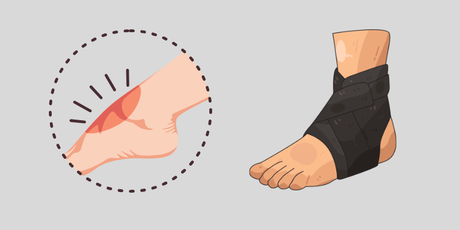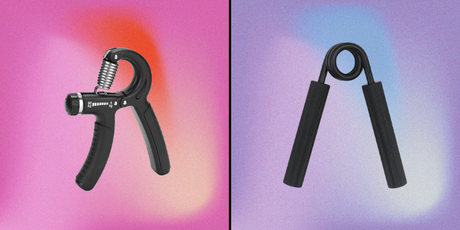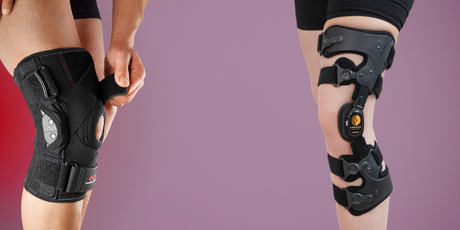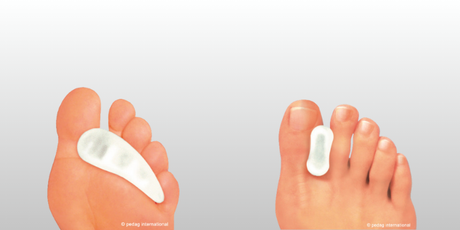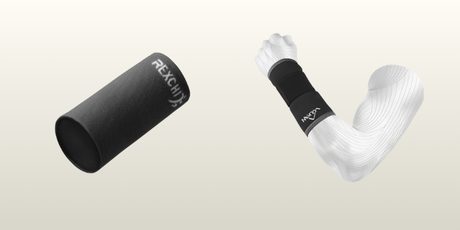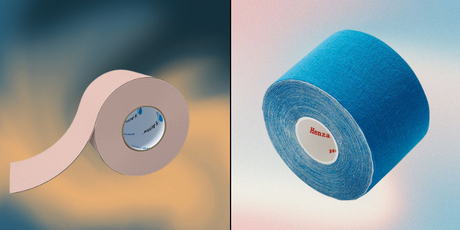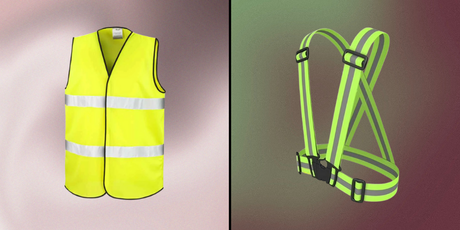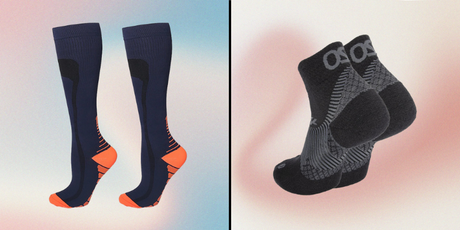Calf strain is a term that encompasses many different types of calf injuries, including muscle tears and overuse injuries that can cause pain, stiffness and swelling. Usually, this type of injury affects people over the age of 40 who undertake physically strenuous activities without proper warm-up or technique. If you have suffered from chub, it is important to understand both the causes of the injury and the best treatment to speed up the healing process.
What causes calf strain?
Calf strain often occurs during activities that involve sudden movements or overloading of the calf muscles. The most common causes of the injury are:
-
Sudden, explosive movements, such as when running or jumping.
-
Overexertion of the gastrocnemius and soleus, the two muscles that make up the calf muscles.
-
Poor technique or muscle imbalance leading to damage to the connective tissue or a tear in one of the calf muscle fibres.
Symptoms of calf strain
The symptoms of calf strain vary depending on the extent of the injury, but the most common signs are:
-
Acute pain in the calf, especially on movement.
-
Cramping in the calf, which can be very intense.
-
Stiffness in the calf and shooting pain during prolonged periods of exertion
-
Swelling and sometimes bruising if the tear is more pronounced
- Difficulty moving the calf, especially during activities involving the Achilles tendon or explosive movements.
Treatment of calf strain - What is important to consider?
Treatment for calf strain depends entirely on the symptoms and causes of the injury. Generally, treatment involves a combination of rest, reduced strain and rehabilitation training to restore strength and mobility to the calf muscles. Here are some key steps in treatment:
-
Acute treatment - Police regime:
-
P: Protection - Protect the injury and avoid further strain.
-
O: Optimal Loading - Allow the muscle to recover by gradually increasing the load.
-
L: Ice - Apply ice to reduce swelling and inflammation.
-
C: Compression - Use compression products to relieve swelling.
-
E: Elevation - Keep the leg elevated to reduce swelling, especially in the first few days after the injury.
-
Rehabilitation: After the acute phase, it is important to gradually return to activity. This involves:
-
Activity adaptation to reduce the load on the injured muscle.
-
Stretching and strength training to rebuild muscle function.
-
One-legged toe raises and forefoot running to restore calf mobility.
-
Rehabilitation aids: To support recovery, aids such as compression stockings, rehabilitation bands and mobility products can be useful to reduce swelling, improve circulation and restore strength to the calf muscles.
When to seek help?
Although most calf injuries do not require surgery, it can be helpful to seek help if:
- The pain does not improve after a few days of rest.
- The swelling does not go down despite treatment with ice and elevation.
- You suspect a more serious injury, such as a rupture or damage to the connective tissue.
Preventive measures
To avoid suffering from chub again, it's important to take care of your muscles and make sure you have the right training and running techniques. Here are some tips to reduce the risk:
-
Gradually build up the load when running and training to avoid overloading the muscles.
-
Stretching and warming up before physical activity to prepare muscles and tendons.
- Use shoes with good cushioning and compression products to reduce pressure on the calf.
Our products for the treatment of calf pain
With us you will find a wide range of rehabilitation products that can help you heal faster after a calf muscle injury. Our products include:
-
Compression socks and bandages to reduce swelling and provide support during the healing process.
-
Support shoes and shoe inserts to reduce stress on the calf.
-
Stretch bands and rehabilitation equipment to rebuild strength and mobility in the muscle.
The most useful to both rehab and prehab a calf strain, however, is a calf compression sleeve.
Visit us to find the right products for your treatment of calf strain and to restore the function of your calf muscles!



